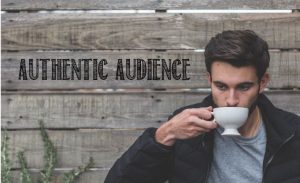Financial Fitness
Financial Literacy – Required, Yes or No?
 Last week I had an opportunity to speak at the NHAFCS Teacher’s Conference on Financial Literacy. In my preparation, I uncovered all sorts of statistics on the Financial health of our youth and our role as educators to improve overall knowledge in this subject area.
Last week I had an opportunity to speak at the NHAFCS Teacher’s Conference on Financial Literacy. In my preparation, I uncovered all sorts of statistics on the Financial health of our youth and our role as educators to improve overall knowledge in this subject area.
According to a recent study by NextGen Personal Finance, as reported in the Business Insider, by Jeff Desjardins , only 5 states in the US require a Personal Finance class for High School Graduation. Five out of Fifty? Is anyone else a little shocked by this number? The President’s Advisory Council on Financial Literacy defines personal financial literacy as “the ability to use knowledge and skills to manage financial resources effectively for a lifetime of financial well-being.” We are talking about the basic fundamental skills necessary to make responsible decisions with regard to making money, spending money and saving money in order to achieve personal independence and well-being. Are we really expecting our youth to navigate today’s complex financial world without the skills they need to effectively manage resources for financial well-being? Five states equate to only 16% of US High School students having guaranteed exposure to one of the most valuable life-skills – Managing Money. It’s no wonder, after college “with $1.45 trillion in student debt, millennials find themselves in a tough spot to begin with – but 45% regret even taking out loans to that extent in the first place. At the same time, only 24% of the generation demonstrates “basic” financial knowledge, while 70% are already stressed about saving for retirement.”
NH JumpStart Coalition recently reported results of a similar survey they conducted specifically on our home state (NH) which indicates that in New Hampshire, 12% of our High Schools now require a stand-alone Personal Finance course for graduation. Champlain College’s Center for Financial Literacy conducted a more thorough evaluation and graded all 50 states. NH was one of the 19 states that received a B, but unfortunately, 30% of our nation received a D or F.
Obviously, a direct measurement of financial literacy is difficult to obtain, but studies have indicated that there is a correlation between a comprehensive exposure to the subject and improvement in financial decision making. The good news is, compared to previous studies, things are getting better with 36% of young adults more likely to save than older generations and adult spending down 26% overall. Yes, that’s good news, but there is still significant room for improvement.
Does your high school offer a Personal Finance class? if not, don’t you think they should?

